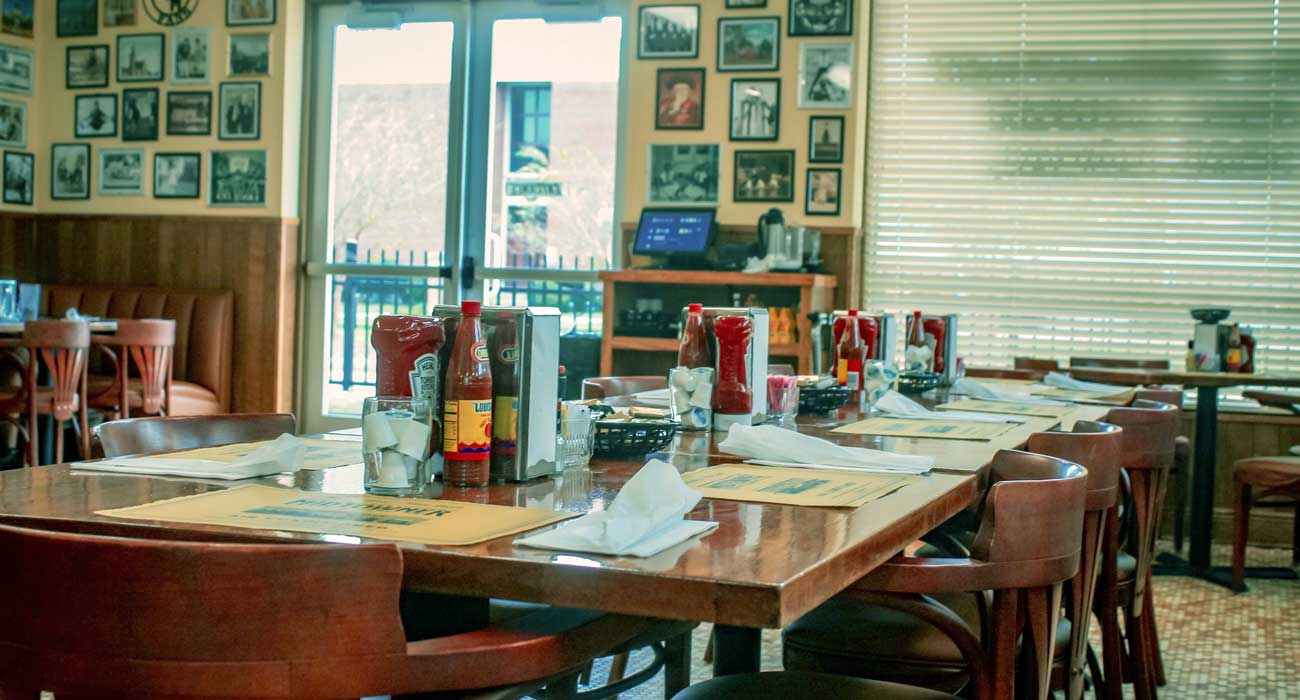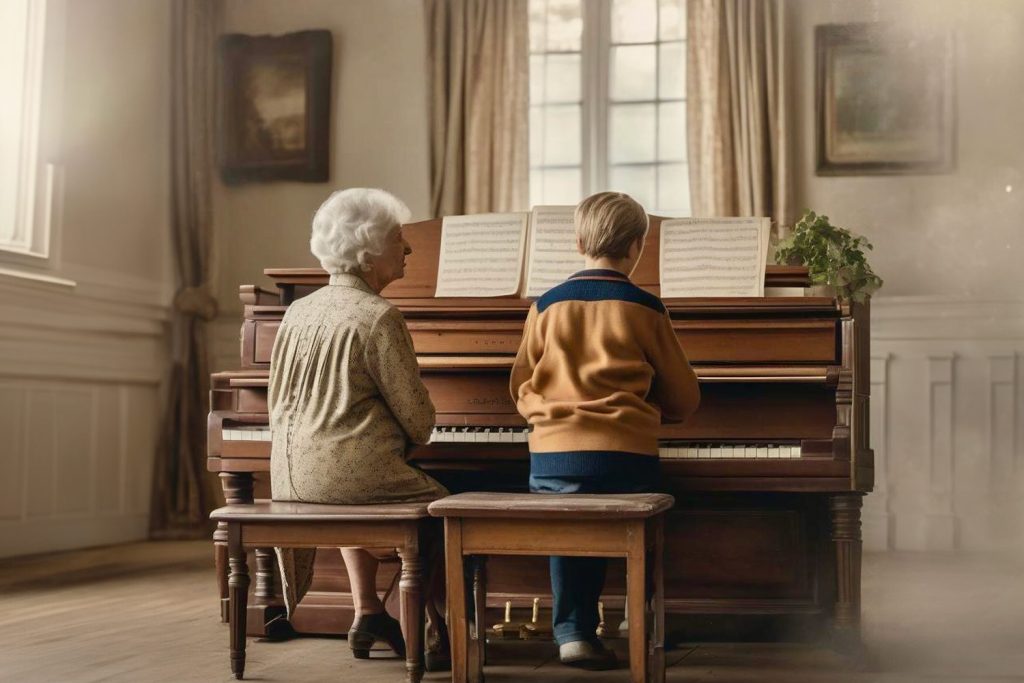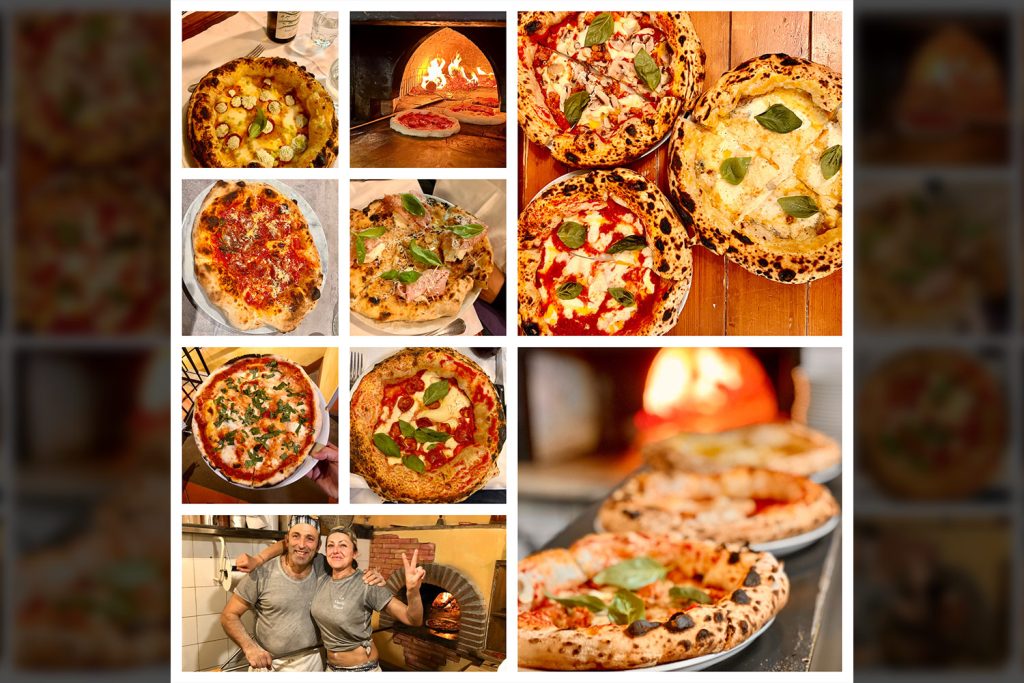The first time I ever sat at a community table was in the early 1980s at Paul Prudhomme’s legendary restaurant, K-Paul’s, in New Orleans’ French Quarter. In those days, the New Orleans restaurant world was filled with traditional French-themed restaurants. Actually, that wasn’t just a New Orleans thing. From the 1940s through the 1980s, if you were going to be considered a “legitimate” fine-dining restaurant, you needed a French chef, and stuffy French service, in a formal dining room.
Other than New York— which would win by default of the sheer number of restaurants in the five Burroughs— New Orleans was filled with more formal French dining rooms, staffed with stuffy waiters, serving food cooked by haughty French chefs than any city in the country.
Enter Paul Prudhomme, the chef who would one day create a dish that was so popular it impacted an entire animal species, causing the government to regulate the amount redfish harvested to keep it from becoming extinct. He was raised poor in the bayou areas of Opelousas, in South Louisiana, and achieved his first bit of fame as the first American-born chef in the formal kitchens of Commander’s Palace in the Garden District of New Orleans. By the late 1970s— and with the blessing of Commander’s Palace grande dame, Ella Brennan— Prudhomme and his wife Kay, set up shop In the French Quarter in an eatery that was the exact opposite of a stuffy French restaurant.
K-Paul’s, a portmanteau of the couple’s first names, opened in 1979 and was a true revolution in the restaurant industry. There was nothing stuffy or formal about K-Paul’s. It was all about the food. Drawing from his modest childhood as the youngest of 13 children, he brought the simple meals of his youth to great heights and treated “common” food with reverence. The entire dining room employed communal seating, which meant every space at every long table was filled. Everyone sat next to everyone else, whether they knew them, or not.
I remember my first visit, and initially, how awkward I felt sitting next to strangers (a couple from the Midwest I think it was). But I also remember answering their questions about the differences between Creole vs Cajun food, and how we felt like old friends by the time we had all finished our meal. After that, I was sold on communal seating.
It was a decade or more before I sat at another community table, outside of those at K-Paul’s. It was in the Napa Valley at Bistro Jeanty. The place was full, and we didn’t have a reservation. The hostess asked, “Would you like to sit at the community table?” They didn’t have to ask me twice. We sat with two couples from Southern California and talked about the brilliance of In-And-Out Burger and which wineries they were going to visit the next day.
It was after that visit that I told my wife, “Going forward, I want to have restaurants with community tables in them.” The idea hadn’t occurred to me earlier because K-Paul’s had nothing but community tables in the entire dining room. All of the seating was communal. Bistro Jeanty had designated one table. That seemed a better fit for what we do.
The next restaurant we opened was an Italian concept. We put the community table right in the front of the dining room near the entrance, exactly how it had been at Bistro Jeanty. I was excited to bring the fist community table to town and had a strong feeling that it would connect with our customers. It didn’t. Most people just used it as a table for large parties.
I was disappointed at first— but not dissuaded— and chalked it up to that concept and dining room not being the right “fit” for a community table. Though I wondered if the concept would work in the Deep South. Italy is filled with community tables. One of my favorite lunch spots in Florence, Trattoria Mario, has all communal seating. We have sat at hundreds of communal tables throughout the years in Italy.
Communal seating is an old-world concept for weary travelers who, for hundreds of years, stopped in roadside inns or taverns to refuel and rest, and to sit among other road-weary voyagers. Spain is big on communal seating, too. The whole tapas concept fits well with communal seating because the courses are brought out as they are prepared and not all served at once.
One of the most unique dining experiences I have ever been a part of was in Malaga, Spain on Christmas Eve in 2011. El Tintero is an expansive seafood restaurant that overlooks the seaside. Guests sit next to one another in the typical communal seating fashion and waiters walk through the dining room with trays of food shouting out the name of the dish they are carrying, “Cameron! Langosta! Lubina!” If you want a plate of shrimp you let the server know and he places it on the table. Within minutes, another waiter walks through with a tray full of another seafood dish shouting into the dining room. Before long, your table has a stack of empty color-coded serving platters (lobster might be served on orange plates, sea bass might be served on blue, each has a different price). At the end of the meal, the waiter counts the plates and their value and places the tab on the table. It was a blast for two reasons— the energy level with the servers in the dining room, and the communal seating.
If there’s not a community table available, I will sit at the bar— especially the food bar— when dining out in big cities. I haven’t had a drop of alcohol in over 35 years, but I will sit at a bar to eat a meal way before I will wait for a table. There is a communal aspect of sitting at the bar, too, but it’s limited to who is sitting on either side of you (and the bartender).
We opened our breakfast lunch concepts a few months ago and, as I said I would do a couple of decades ago, installed a community table in the middle of the dining room. It is a hit. No one ever has a problem sitting at the community table in that restaurant, and I often receive positive feedback from those who have sat there.
I think a lot of the reason the community table is a hit at the new restaurant is that we are serving breakfast food and meat-and-three for lunch. It’s family food which lends itself to family dining.
As a society, we have gotten too used to plugging into our electronics and tuning out the world. The community table is a great way to plug into others for a while you share a meal. Join the crowd. Make new friends. Eat at a community table today.
Onward.



